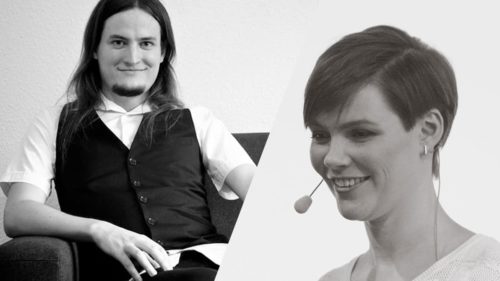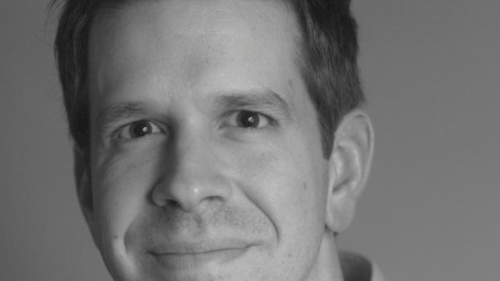Kurt Elster is the CEO & Co-Founder of Ethercyle, an ecommerce consultancy for Shopify Merchants, as well as the host of The Unoffical Shopify Podcast.
Through his consulting work, Kurt has a unique view into the trends that are performing well in online marketing. He understands how to help his clients differentiate themselves, so they stand out and make sales, in this world of ever diminishing return on ad spends.
In this interview with Kurt, you’ll learn:
- the importance and impact of novelty
- the effectiveness of combining community building with media creation and product launches
- the offer that got people’s attention on Black Friday / Cyber Monday
- how to stand out online
- just how successful ROA is on SMS
- the importance of knowing you’re not necessarily your own best customer
- the key to competing with the big brands
You can find Kurt at:
@kurtinc




